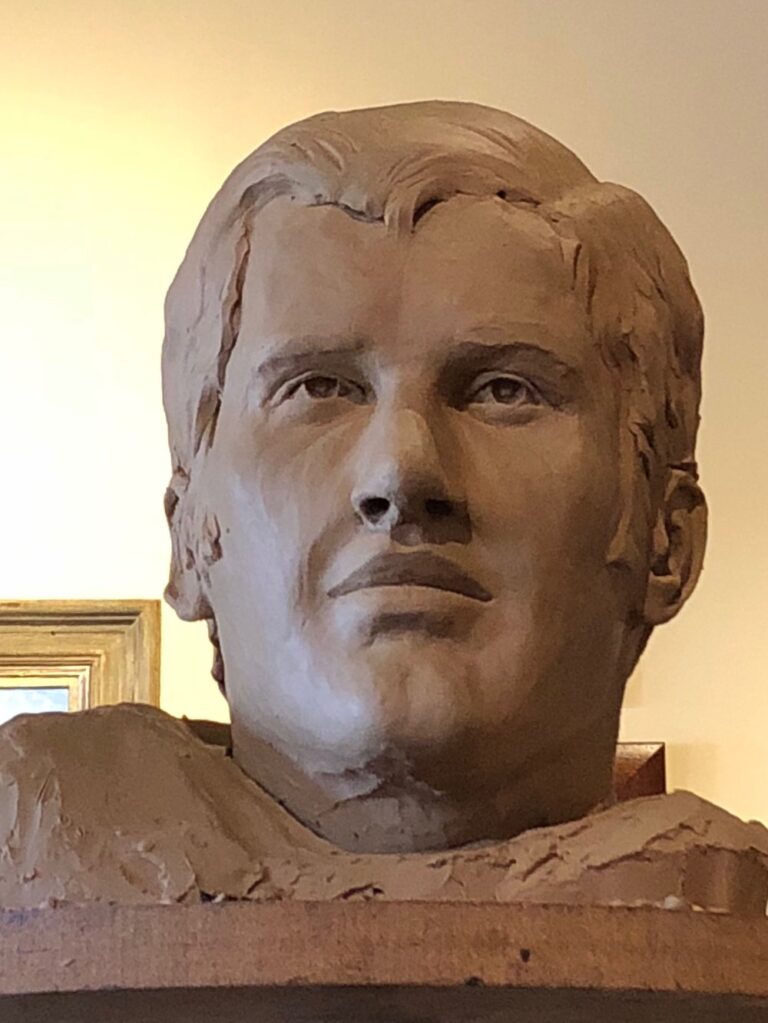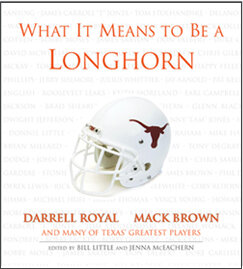1/17/2024 Bill Atessis, Mascots, Retha Swindell, Rodney Page, Marlene Frazier
|
|||||||||||||||||||||||||||||||||||||||||||||||||||||||||||||||||||||||||||||||||||||||||||||||||||||||||
|
|||||||||||||||||||||||||||||||||||||||||||||||||||||||||||||||||||||||||||||||||||||||||||||||||||||||||
View in Browser Click on “View in Browser” highlighted above in black lettering if the newsletter is not to scale, the font is too small or no images are present. Former Longhorn baseball player Jeff Conway has passed away. Jeff’s family sent TLSN some special photos of Jeff as a father, husband, and Longhorn. His…

Welcome to the Texas Longhorn sports historical website. The site converts UT history, UT traditions, UT legacies, UT culture, individual records, photos, insightful comments, and personal commentary from former athletes, trainers, managers, coaches, and their families into a form that all Longhorns can celebrate. Top of the Que 05/08/2019 Volume IV Newsletter #11 @ https://Texaslsn.org…
View in Browser TLSN is not affiliated with the UT Athletics Department or any closely aligned organizations 3-15-2024 TLSN volume VIII newsletter # 6 IMPORTANT: Please click on the white letters shown above titled “VIEW IN BROWSER” to enlarge and enhance the photos and text on your cellphone. If you don’t, the text and photos…

View in Browser Top of the Que Volume V Newsletter #27- Above photo is one of Author Jenna McEachern’s books Closely aligned with the Longhorn media department and Bill Little, Jenna McEachern has both edited and authored many significant moments in the history of Longhorn sports. Her story now joins the permanent archives captured for…

View in Browser Top of the Que 06/29/2019 Volume IV Newsletter #16 – Lawrence Sampleton, Ron Baxter, Abe Lemons, Bill Ellington, Lam Jones, Randy McEachern, Highlight videos from Ed Berry, Update on Sculpts of Longhorn National Championship quarterbacks. Website address is https://texaslsn.org Top of the Que 05/06/2019 Volume IV Newsletter #14 The History of Longhorn…
View in Browser Volume VIII Newsletter #11 05-12-2023 Important: Click on the small black letters “VIEW IN BROWSER” above to enlarge and enhance the photos and text on your cellphone. Much more content has been added to Lance Blanks’s celebration of life TLSN webpage, including his daughter, Riley Blanks, sharing her special memories of her…